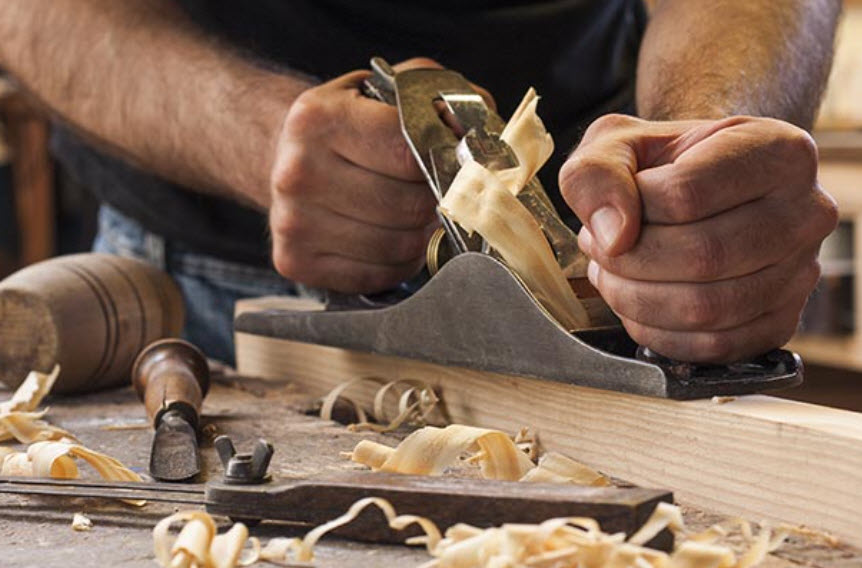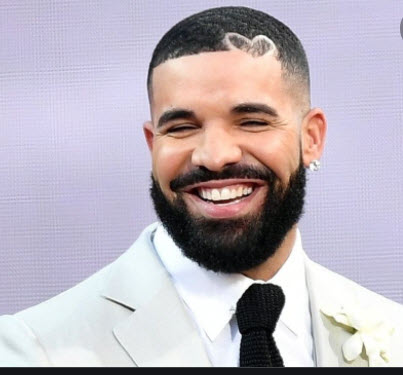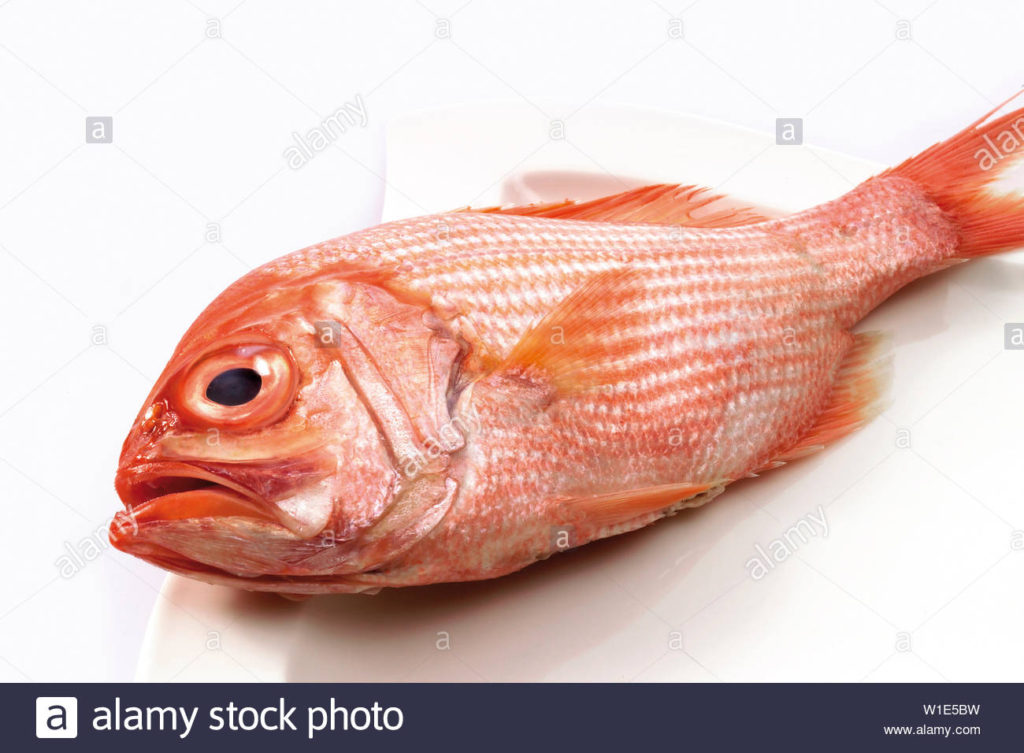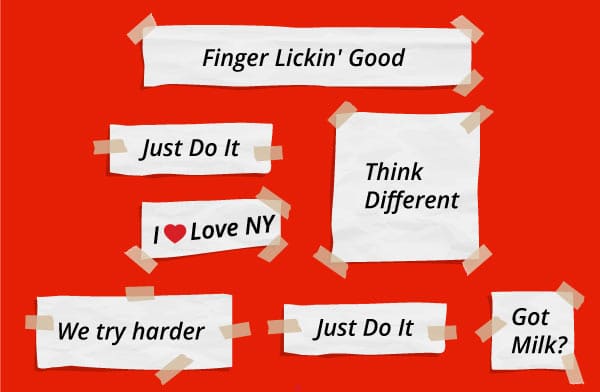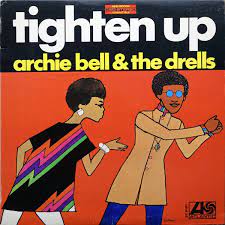One Part Strategy.
I may have gotten this whole consulting thing wrong. After a recent Zoom with a business consultant who was nice enough to let us look behind the curtain, it became clear that these men and women are really smart when it comes to business. Brand planners? Not so much.
When talking about his business proposals, it became clear that chunking it up into three parts is business-winning. Part 1 is a review of the business and situation analysis. He conducts lots of interviews, evaluates best practices, understands success measures and establishes benchmarks. Probably lots of other B school speak and acronyms. Part 1 ends with a presentation of findings. Most notably, the findings will contain business problems impacting the bottom line. Specifically.
Part 2 of the proposal, should you decide to accept if, is outlined as more of a strategy document. It has its own price tag. With a proper articulation of the problem, any good business person will want to go about fixing things, so they need a strategy. The fish is nibbling at the bait. Part 2, one must imagine, will include objectives, quantification of measures, strategic option reviews and projections, and recommendations. Oh, and more interviews and some quantitative research. All of which ends in a presentation. So what does that leave?
Part 3 is Operations. Now that the problem and strategy have been identified, someone has to build something. Change something. Make the magic happen. Part 3 of the consulting engagement is where the real money is spent. The beauty of this three-pronged approach is that initially the client is signed on for only one part but typically adds on parts 2 and 3 because they fit nicely together.
What the brand planning consultant does, at least this brand planner, is collapse parts 1 and 2 and go straight to the solution. Silly me. Rather than spend up to a year laboring over 3 parts, I use agile techniques. I get to strategy fast. Straight to sausage. Oh, and at a fraction of the cost or the business consultant. Clients don’t measure me by the pound of paper I deliver but by the idea. And the organizing principle for product, experience and messaging.
I’m a one-parter. And I like it that way.
Peace.
PS. And a good brand strategy is built to last. Campaigns come and go, a powerful brand strategy is indelible.



